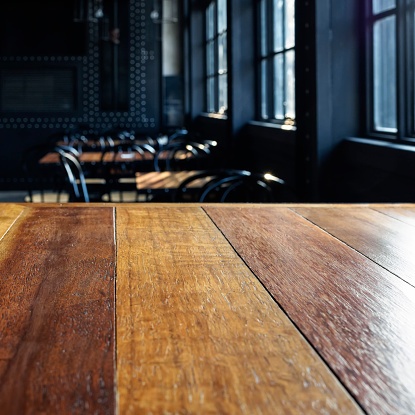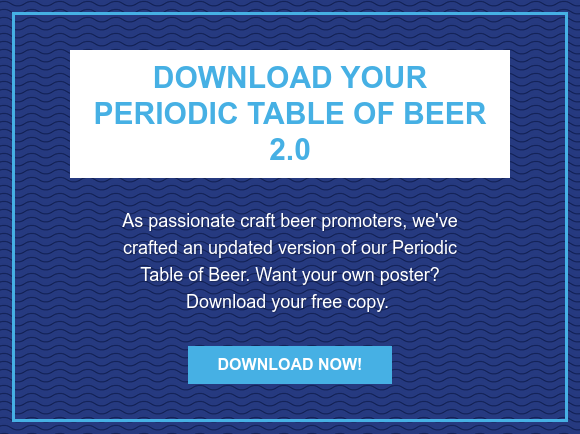What can craft beer fans expect in the New Year? It's always fun to gauge some of the trends and share some of the news that comes out of the industry, as well as watch what happens with numbers - independent breweries that open, collaborate, close, expand, you name it.
What will 2016 be remembered for? US Bank Stadium opens and features a craft beer program. Surly's longtime head of brewing operations Todd Haug steps down. Five Minnesota breweries win at the Great American Beer Festival. Fulton hosts a "death to the growler" party. We can't wait to see what 2017 has in store - here are some anticipated themes.
We've Seen the Future, and It's Aluminum
 It's all about the packaging. Cans are becoming increasingly popular packaging options for breweries, and 2017 will see a significant shift in the way beer is distributed. Cans offer a modest way to update branding without straying too far from the original mission and intent. Cans are cheaper, more portable, chills beer faster, and keeps brews fresher longer than bottles can.
It's all about the packaging. Cans are becoming increasingly popular packaging options for breweries, and 2017 will see a significant shift in the way beer is distributed. Cans offer a modest way to update branding without straying too far from the original mission and intent. Cans are cheaper, more portable, chills beer faster, and keeps brews fresher longer than bottles can. Locally, Beaver Island Brewing Co. of St. Cloud, MN has announced plans for expansion in 2017, having broken ground on its new 10,000-sq. ft. distribution facility east of their current downtown taproom location. Currently the brewery serves central Minnesota, Brainerd, and Duluth via kegs. The expansion includes plans to can, and co-founder Nick Barth said, "When you start talking about packaged products like bottles or cans, you just need a bigger footprint. They just take up more space for warehousing and storage. And rather than trying to do off-site storage, we realized we just need a bigger footprint."
It's Not a Beer, It's a Destination
- Minnesota Craft Beer Festival
- St. Cloud Craft Beer Tour
- Mankato Craft Beer Expo
- All Pints North
- Autumn Brew Review
And this is just a sampling of what goes on from different corners of Minnesota - there are plenty of others!
Will the Bubble - if There is One - Burst?
Is oversaturation a risk to the craft beer industry? Consider that three years ago, there were roughly 2,500 breweries in the U.S. Now there's close to 4,400. That's a 92 percent increase. Now, the fact that I'm even writing a forecasting blog for 2017 and the state of craft beer alludes to the fact that no, craft beer isn't going anywhere. But, in all honesty, how much more can the category expand? And is it approaching a bubble? The Brewers Association predicts steady growth without a mere bubble in sight to 20 percent volume share of the overall beer market by 2020. Craft beer relies on its drinkers to continue fostering growth, and customer appeal is still very strong.
While sustaining growth, the craft boom has slowed in 2016, and at the halfway point in the year a midyear review was conducted on the industry, and an eight percent growth was shown. At that point, 13 million barrels of craft beer had been produced. The Brewers Association's chief economist Bart Watson said, “While the craft brewing industry is entering a period of maturation, most markets are not near saturation. As craft’s base gets larger, as with any industry, it becomes more difficult for it to grow at the same percentage rate. Yet there is still tremendous dynamism reflected in eight percent growth for craft.”



